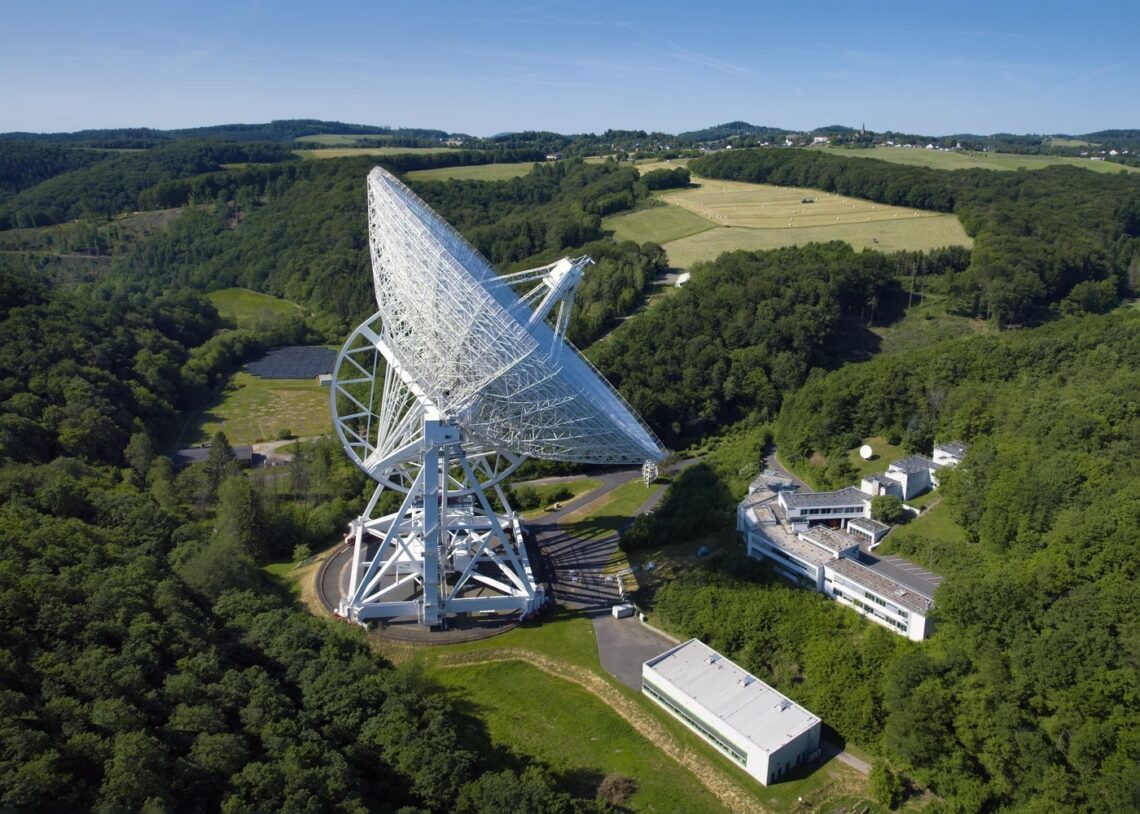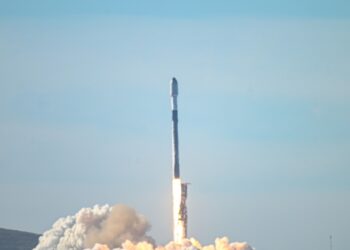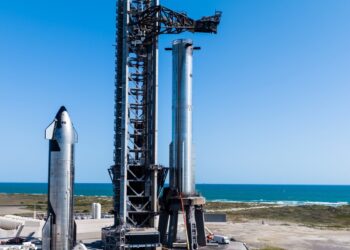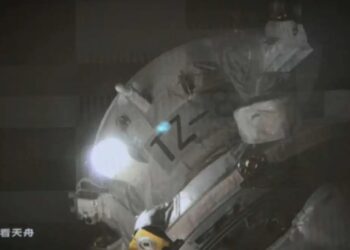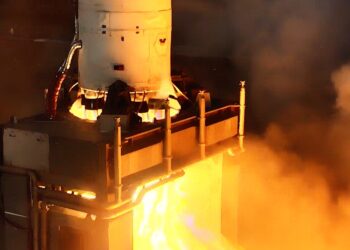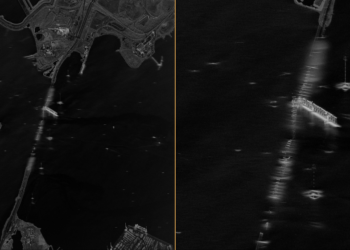WASHINGTON — A United Nations committee will study the interference risks that satellite constellations pose to astronomy, a year after rejecting a similar proposal to do so.
At the conclusion of the meeting earlier this month of its scientific and technical subcommittee, the U.N.’s Committee on the Peaceful Uses of Outer Space (COPUOS) agreed to add an agenda item titled “Dark and quiet skies, astronomy and large constellations: addressing emerging issues and challenges” to its meetings in 2025 through 2029. That agenda will need to be approved by the full COPUOS in June.
The agenda item would allow COPUOS to address concerns about how satellite constellations can disrupt Earth-based astronomy. That includes satellite transmissions that can interfere with radio astronomy and reflected sunlight from the satellites that can create streaks in optical and infrared images.
“This is a significant diplomatic moment for astronomy,” said Richard Green, an astronomer at the University of Arizona who serves as interim director of the International Astronomical Union’s Center for the Protection of the Dark and Quiet Sky from Satellite Constellation Interference, or CPS, in a Feb. 15 statement. “Since the first constellation launches in 2019, we have been working hard to raise awareness of this issue with all relevant parties and at all levels. It’s very gratifying to see the United Nations recognize its importance and agree to look into the issues and challenges posed by large constellations.”
Adding the issue as an agenda item will allow more formal discussion about the topic at future COPUOS meetings. A long-term goal of the discussions is to develop recommendations on best practices to minimize satellite constellation interference that member states could potentially incorporate into national laws and regulations.
This was not the first time astronomers sought to include the issue of dark and quiet skies into the COPUOS agenda….
Read the full article here

